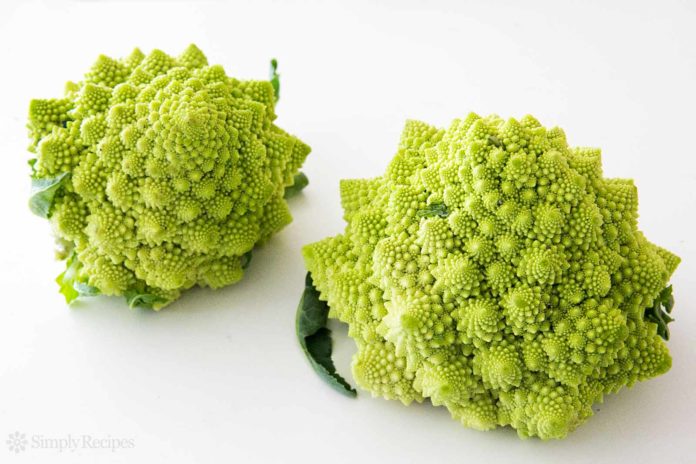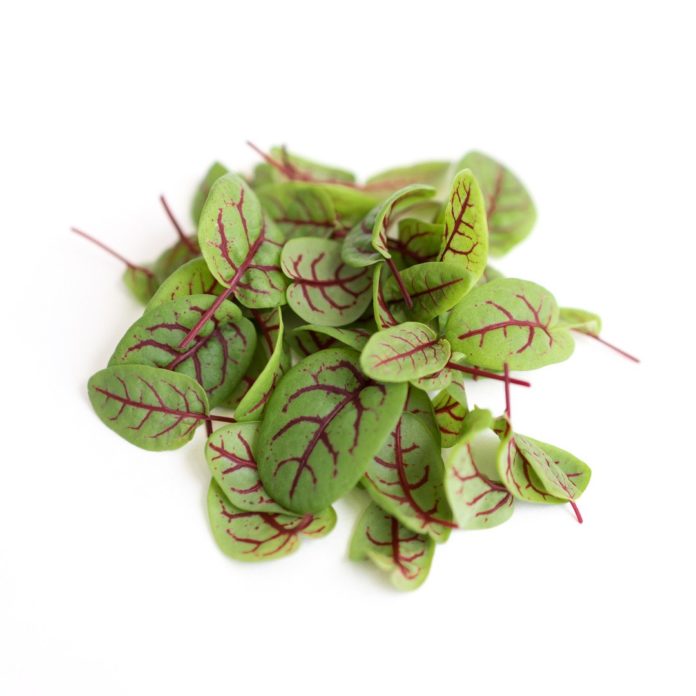Discovering new plants is one of many perks of growing a garden. This means you are not limited to the same, old, arguably boring fruits and vegetables sold in supermarkets. You can get exotic and grow varieties that are seldom, if not never, available in stores and if they are, are exponentially overpriced. Get exotic with one or two of these interesting plants and see if you want to plant more next year.
15. Achocha
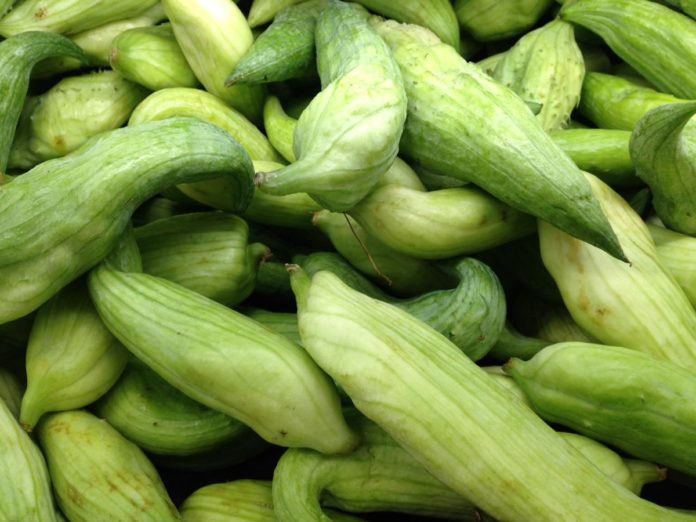
Also known as the Bolivian cucumber, this ancient crop originally grown by the Incas belongs to the same family as cucumbers and squash. Its appearance of the achocha plant varies depending on the species. The fruit tastes like a cucumber when picked early and like a bell pepper when picked later. It also may or may not have soft spikes.
14. Alpine Strawberries
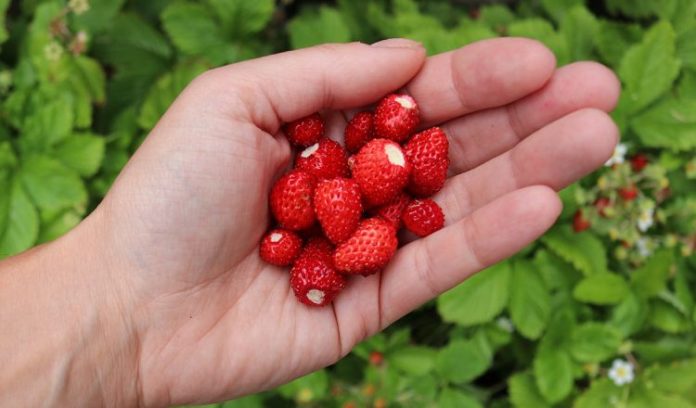
Grow this alpine variety just as you would do with its common version. And if you are a fan of regular strawberries, you will love its wild and slightly smaller version. It produces fruits all season and they are even tastier.
13. Amaranth
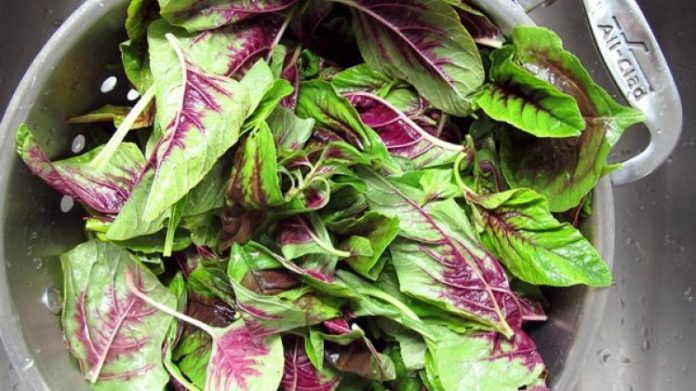
If you can’t successfully grow spinach due to hot and humid climate, give amaranth a try. The leafy green is one of the only greens that will do well in this type of conditions. And as a bonus, you can collect and prepare its seed which is similar to quinoa.
12. Black Tomatoes
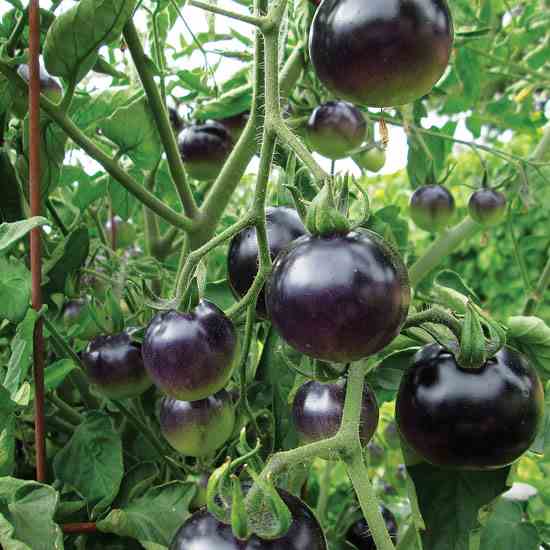
No, these are not grapes. Yes, they really are tomatoes. They are Indigo Rose tomatoes to be precise. This intriguing vegetable was born at Oregon State University and is the result of a cross between red and purple tomato varieties. The antioxidant-rich result is a healthier more savoury tomato than its red counterpart.
11. Calabash
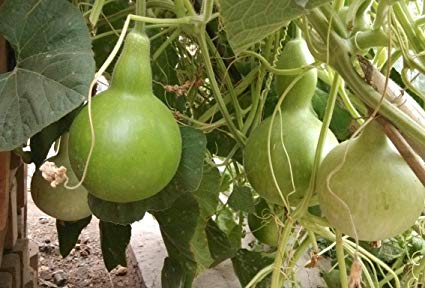
Also fittingly known as bottle gourd, calabash comes in various interesting shapes and sizes. Much like coconuts, the dried fruit’s outer shell can be turned into a natural container.
10. Cucamelons
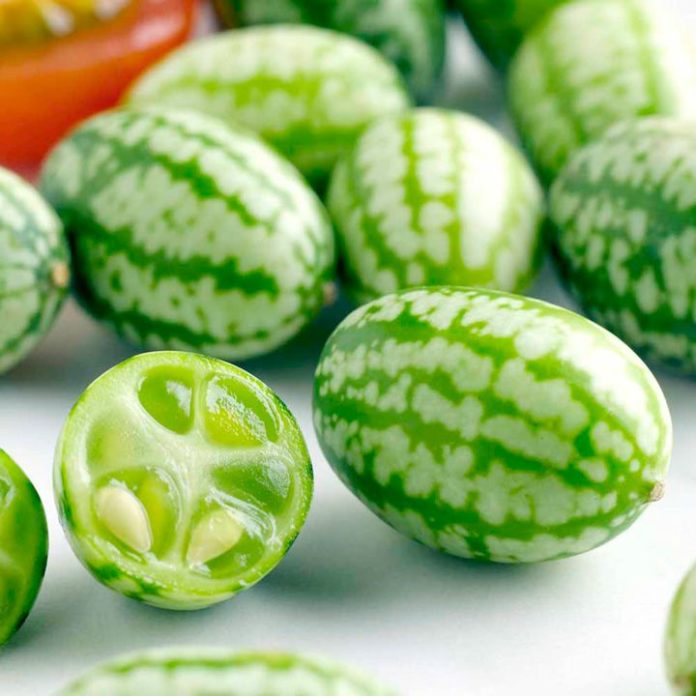
The cucamelon, or Mexican or watermelon gherkins may look like a miniature cucumber or watermelon, but don’t be fooled. Its taste is very tangy.
9. Italian Chicory
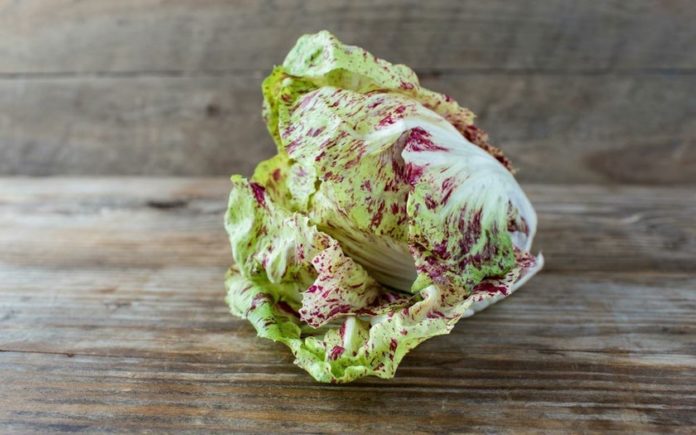
Italian chicory or Castelfranco radicchio will add some character to your garden. And while it certainly gives a nice visual touch to any meal, this particular variety does not differ much from regular chicory in terms of taste.
8. Kalettes®
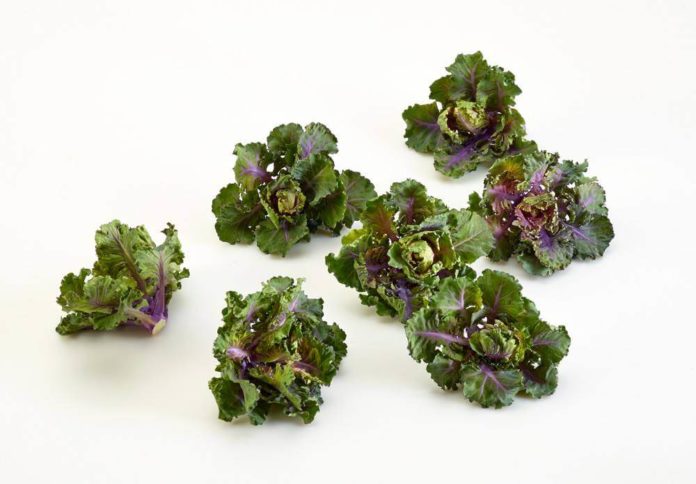
Introducing kale and Brussels sprouts’ love child. Kalettes are the result of 15 years of research and testing through traditional, non-GMO plant breeding methods.
7. Kiwano
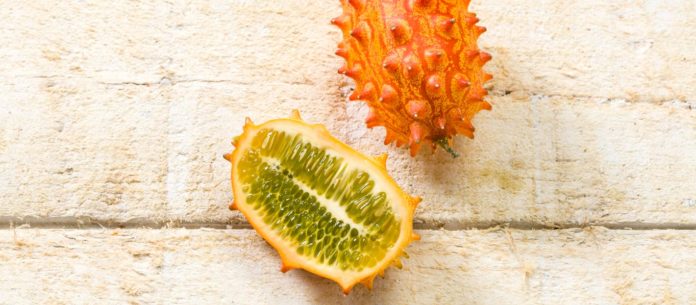
This bizarre-looking crop goes by many names: horned melon, African cucumber and blowfish fruit among others. This juicy fruit has a tart taste and a texture that resembles a cucumber’s.
6. Kohlrabi

Coming in purple, green, and white, kohlrabi gives you a wide variety of choice. Its sweet, mild flavour resembles a cross between a radish and a cucumber.
5. Long Beans
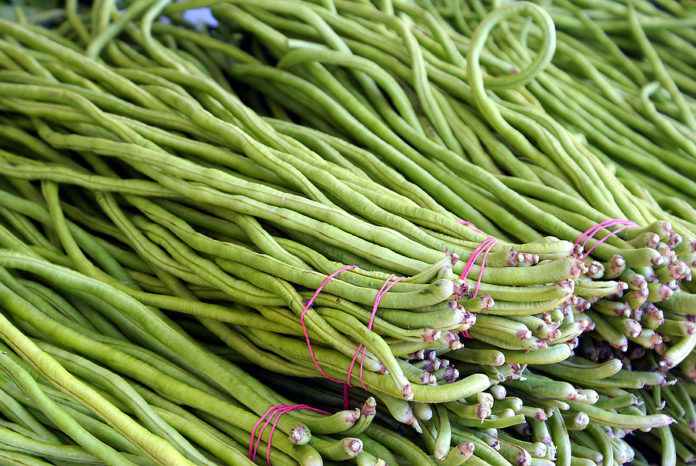
Long beans can reach one to three feet in length and grow by inches in a single day. No wonder it is also known as yard-long beans. The crop does well in hot, humid environments.
4. Luffa
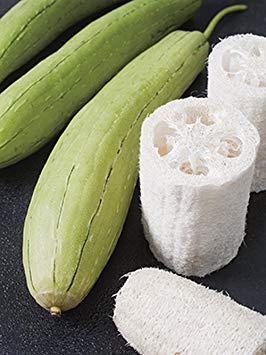
Here is another fun species to grow mainly because you can turn its fruit into a bath sponge. The luffa is from the cucumber family known for its fruit’s fibrous interior. Once dried, this skeleton can be used as a scrubbing sponge.
3. Purple Cauliflower
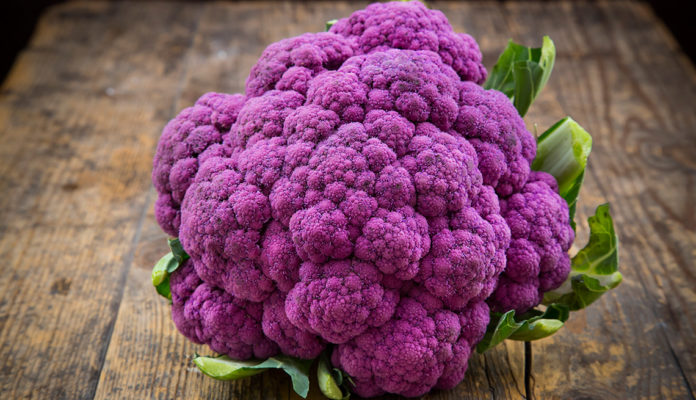
Here is another fun version of a common vegetable. Much like like the Indigo Rose tomatoes, the purple cauliflower owes its color to anthocyanins. So in addition to its unique appearance, it may offer more health benefits than standard cauliflower.


![[Photos] Why WD-40 Is Magic In Your Garden?](https://lifetonik.com/wp-content/uploads/sites/7/2019/08/WD40-Prices-Highres_Page_8_Image_0008-218x150.jpg)





![[Photos] Take A Look Of The Obama’s New Home Before It’s Banned](https://lifetonik.com/wp-content/uploads/sites/7/2019/07/Obama1-218x150.jpg)

![[Slideshow] Celebrity Homes: 21 Of The Most Luxurious](https://lifetonik.com/wp-content/uploads/sites/7/2019/07/Taylor-Swift-218x150.jpg)
![[Slideshow] More Parents Are Now Gluing Pennies to the Bottom of their Kid’s Shoes](https://lifetonik.com/wp-content/uploads/sites/7/2019/07/Keep-Them-Entertained-218x150.jpeg)
![[Photos] 20 Fashion Mistakes That Too Many Women Make!](https://lifetonik.com/wp-content/uploads/sites/7/2019/07/5-style-mistakes-that-make-you-look-frumpy-featured-218x150.jpg)










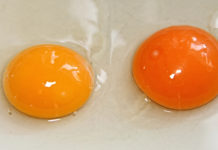








![[Gallery] 25 Discounts For Seniors To Which You Are Entitled Without Knowing It](https://lifetonik.com/wp-content/uploads/sites/7/2019/08/EAZxECUXUAAvNZR-218x150.jpg)
![[Slideshow] Here’s the salary of every governor in the United States](https://lifetonik.com/wp-content/uploads/sites/7/2019/08/Charlie-Baker-218x150.jpg)
![[Photos] No One Will Want To Buy This House After Seeing These Pictures](https://lifetonik.com/wp-content/uploads/sites/7/2019/08/terrible-real-estate-photos-2-5c35e727c9f95__700-218x150.jpg)

